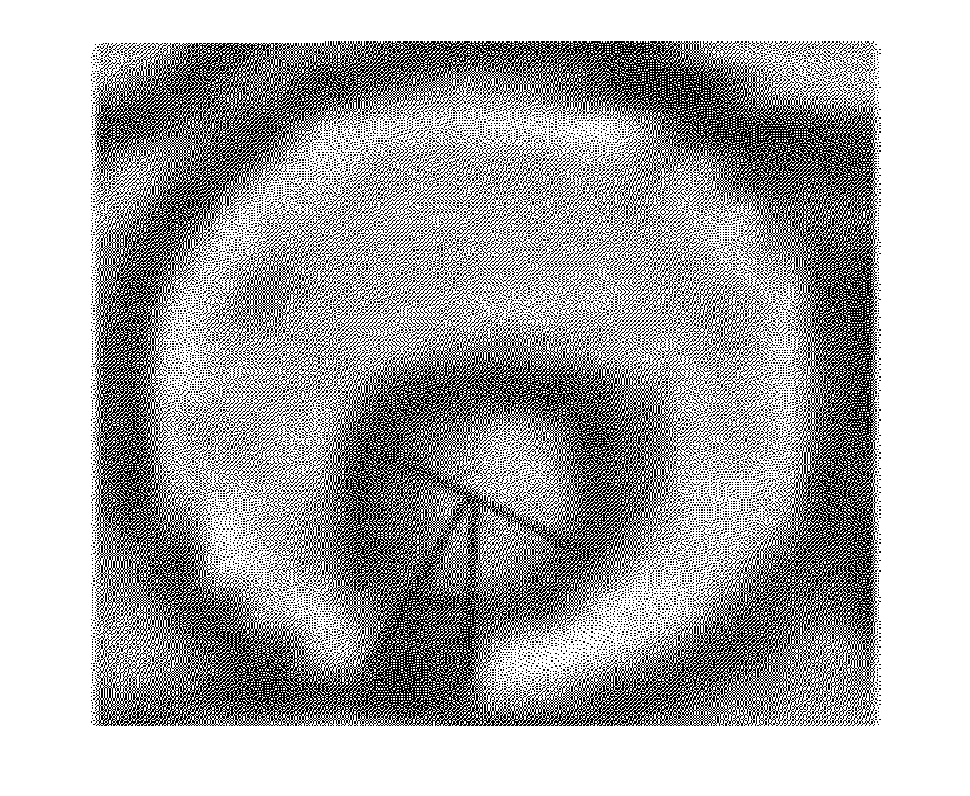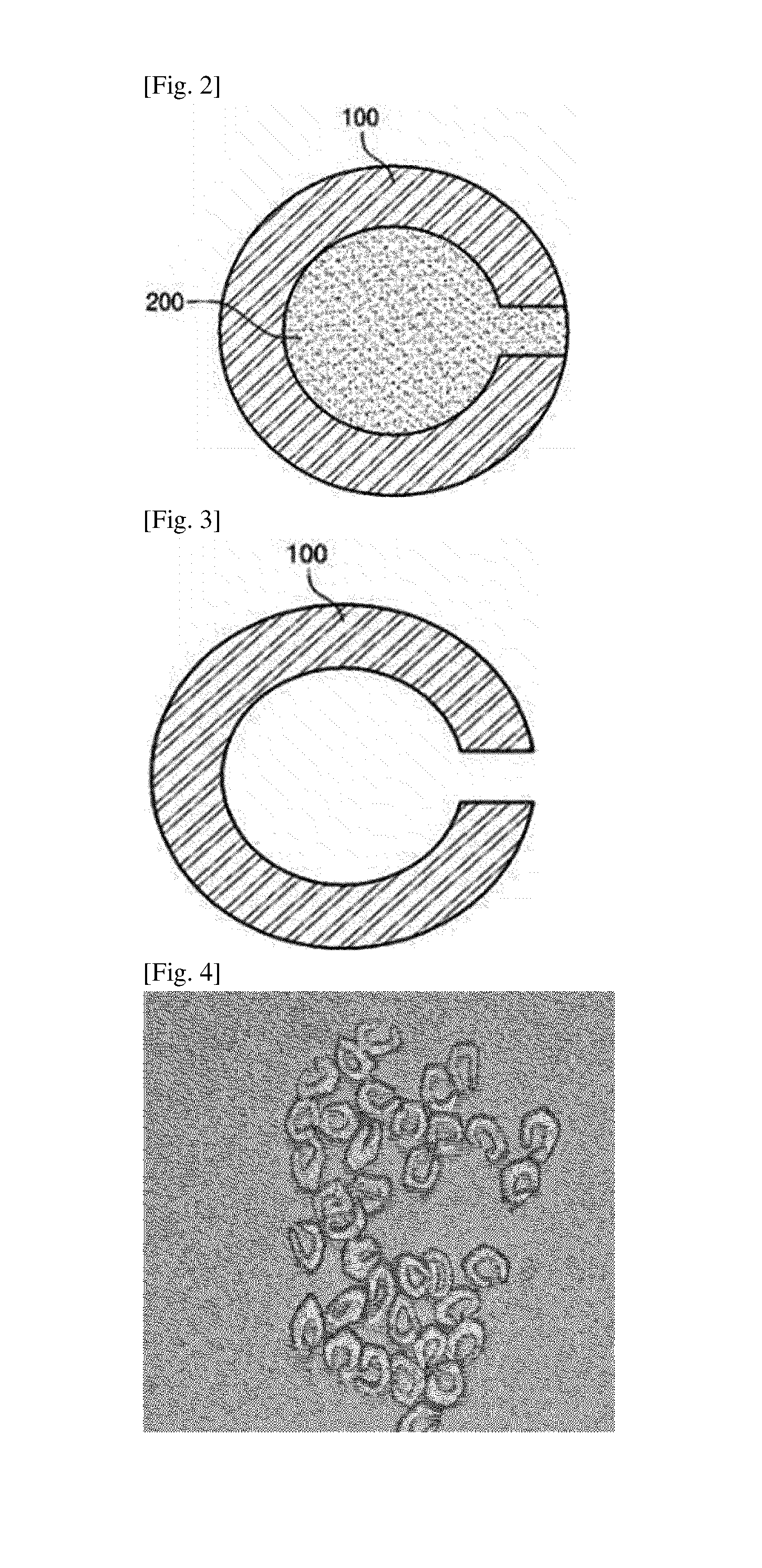C-Shaped Composite Fiber, C-Shaped Hollow Fiber Thereof, Fabric Including Same, And Method For Manufacturing Same
a composite fiber and hollow fiber technology, applied in the field of c-shaped composite fibers, can solve the problems of poor raising properties of raising fabrics, poor lightness and warmth, and disadvantages of raising fabrics, and achieve the effects of improving the core sectional area ratio, excellent strength, and maximizing
- Summary
- Abstract
- Description
- Claims
- Application Information
AI Technical Summary
Benefits of technology
Problems solved by technology
Method used
Image
Examples
example 1
[0210]First, as a polyester-based fiber-forming component to be included in the sheath part, polyethylene terephthalate was melted at 290° C. in order to prepare the sheath part. In order to prepare the core part, a compound of a terephthalic acid (TPA) and ethylene glycol (EG) was adjusted to a molar ratio of 1:1.2, and a dimethyl sulfoisophthalate sodium salt was adjusted to 1.5 mol % based on the total moles of the terephthalic acid (TPA) and the dimethyl sulfoisophthalate sodium salt (DMSIP). 10.0 parts by weight of lithium acetate was mixed as a catalyst to perform the esterification reaction at 250° C. and 1,140 Torr, based on 100 parts by weight of the dimethyl sulfoisophthalate sodium salt (DMSIP), and an ester reactant was obtained with 97.5% degree of reaction. The formed ester reactant was transferred to a polycondensation reactor, and 10.0 parts by weight of polyethylene glycol (PEG) having a molecular weight of 6,000 was added thereto, based on 100 parts by weight of th...
examples 2 to 4
[0214]A drawn composite fiber (SDY), a hollow fiber (SDY) and a fabric as shown in Table 4 below were manufactured by the same method as in Example 1, except that composite spinning was performed at the weight ratio of 60:40, 50:50, and 40:60 (sheath part:core part).
examples 5 to 8
[0215]A drawn composite fiber (SDY), a hollow fiber (SDY) and a fabric as shown in Table 4 below were manufactured by the same method as in Examples 1 to 4, except that the filament number was 36 and fineness was 100 denier.
PUM
| Property | Measurement | Unit |
|---|---|---|
| slit angle | aaaaa | aaaaa |
| slit angle | aaaaa | aaaaa |
| slit angle | aaaaa | aaaaa |
Abstract
Description
Claims
Application Information
 Login to View More
Login to View More - R&D
- Intellectual Property
- Life Sciences
- Materials
- Tech Scout
- Unparalleled Data Quality
- Higher Quality Content
- 60% Fewer Hallucinations
Browse by: Latest US Patents, China's latest patents, Technical Efficacy Thesaurus, Application Domain, Technology Topic, Popular Technical Reports.
© 2025 PatSnap. All rights reserved.Legal|Privacy policy|Modern Slavery Act Transparency Statement|Sitemap|About US| Contact US: help@patsnap.com



